|
19 hours, 4 taxis, 3 shuttles, 2 flights and 2 long and windy bus rides separate us from from Quito, Ecuador. The grueling day begins at 6 am in Medellin. We travel over an hour to the airport and board two flights before arriving in the southern Colombian city of Pasto. A taxi takes us to the bus terminal where we hop on a small and crowded bus for the 3 hour journey to the border town of Ipiales. Crossing the deep gorge that separates these South American neighbors, we’re welcomed by a blue sign, stating “Bienvenido a la Republica del Ecuador.” With a new stamp in our passports and a map of Ecuador in hand, we grab another taxi, this time to the Ecuadorian border town of Tulcan. It’s now 7:30 pm and we're down to a solitary Ritz cracker, so we search for a quick dinner before our final bus ride. The only restaurant in sight is a fried chicken shack. So in true vegetarian traveler fashion, we enjoy a dinner of white rice and french fries before boarding the final bus ride of the day. Five hours of tight curves and hard brakes through the Andes and we arrive in Quito at 1 am. Ah, the joys of traveling. Not surprisingly, we wake up the next morning feeling disoriented, groggy and in serious need of some vegetables. Quito’s surprise elevation (we really need to start looking this up before we arrive somewhere!) of 9,350 feet contributes to our exhaustion and results in some ridiculously heavy breathing when we venture out to explore the hilly city that afternoon. At first glance, the capital city of Ecuador feels much less modern than the metropolitan centers of Colombia. Fruit stands, pharmacies and tiny markets are in abundance along the crowded streets, which zig-zag across the hillside, sporadically emptying into small plazas. A hearty appetite encourages the 30 minute walk to a popular Ecuadorian restaurant and microbrewery that we’ve found listed on a few Quito travel blogs. We show up to an empty restaurant which is “closed” due to a major national futbol game that all of Ecuador seems to be watching. Fortunately (or maybe not) the owner comes to the door and invites us in, offering to cook for us anyway. At this point, the story takes a turn for the worse, as told from Ryan's perspective: The food, prepared just for us, is hot and delicious. The vegetarian version of a traditional soup, typically made with cow’s hooves is described to include eggplant, vegetables and garlic. We both have a small spoonful and notice a curious taste. At first we’re not sure, but when we ask the server she confirms the soup has mani, peanuts. Megan just happens to be deathly allergic to mani, peanuts. With a sense of fear and panic setting in, we ask the restaurant where the closest hospital is and to please call a taxi (wrong move, we should have simply called an ambulance). While I pace the dining room with concern and Megan starts to feel her throat constrict, she is strangely insistent we get the food packaged to go because I will be “hungry later.” For the next few minutes there is nothing to do but wait. Megan’s selfless concern about preparing a “doggie bag” seems like a really odd thing to prioritize in these crucial moments. We’ve talked about how to navigate this situation a dozen times. I’ve studied the instructions on the Epipen and Megan has done her best to communicate what is likely to happen. But standing in a closed restaurant in a foreign city knowing that her trachea is slowly closing, is enough to make us feel legitimately panicked. We attempt to stay calm and are assured by the restaurant owner that the hospital is 10 or 15 minutes away. We’re in the taxi, just a few blocks from the restaurant when Megan can no longer speak and is struggling to breathe. Nervously removing the Epipen from it’s plastic case, we pull down the back of Megan’s pants and I slam the needle into her upper thigh. Holding it there for ten seconds, it helps, but simply isn’t enough for this severe of a reaction. Pleading “rapido, por favor” over and over to the driver, it takes at least twenty minutes to get to the hospital, feeling like the taxi is moving in slow motion. Megan’s hardly breathing at this point, but we try to stay calm, knowing we’re getting closer to the medical care she needs with each minute that passes. Pulling up to the hospital, we jump out of the taxi and walk together to the emergency room. Thankfully, I’m able to communicate with one of the doctors and Megan is quickly given oxygen and an IV with adrenaline, steroids and antihistamine. Half an hour later and she can talk again. Two nebulizers and a few more hours later and her oxygen levels are back to normal. All is well. “Home” in our hotel room at 1am, exhausted and a bit rattled, we’re reminded how insanely dangerous this allergy is. We’d been so incredibly careful in Asia (especially Thailand), but hadn’t imagined Ecuador would be a place for real concern. We’re grateful that it happened in a large city with great facilities and medical care. Two days later and we’re on the bus again, climbing the steep winding hills out of Quito. We move at a snail’s pace. Urban areas give way to small towns, which give way to thick trees and dense forest. The scenery is breathtaking. The mountains are carpeted with bright green jungle, clouds hang in the valleys, and waterfalls cascade into wide rivers. We’ve spent the last few weeks in cities and are eager to be surrounded by nature - and a lot of it - in the Ecuadorian Amazon. Huasquila Amazon Lodge, an all-inclusive eco-lodge with an awesome reforestation program, has invited us to visit and experience the Amazon. We arrive just in time for dinner and fall asleep to the sounds of forest frogs and monkeys. As if the week wasn’t hard enough, Ryan wakes up in the middle of the night with a really bad stomach bug (yes, vomiting AND diarrhea). We’ve been lucky to avoid this level of illness throughout our trip so far, but with these symptoms, he doesn’t get out of bed for over 24 hours. On our third day in the Amazon, both feeling a bit worn down, we follow our knowledgeable Huasquila guide, Fredy, into the jungle. We venture through bat-filled caves, past towering waterfalls and across volcanic fossils. We learn about the medicinal uses of plants, how the forest works together (including leafcutter ants and sleeping plants) and try not to have any snake encounters, which are apparently not uncommon. Having had some pretty bad luck in Ecuador so far, we leave the Amazon and head for Guayaquil, a modern hub and jumping off point for the Galapagos (we’re officially taking a rain-check) and direct bus routes to Peru. The drive from Tena winds through the Amazon and back into the Andes. A quick consultation with our map of Ecuador and we learn that many of the mountains we’re passing are actually volcanoes, which of course is awesome! After a stop in the not-so-desirable city of Ambato, we make the final stretch of our 11 hour bus ride to Guayaquil. The bus takes off, smashing down country roads, teetering along the edge of cliffside, shoulderless roads, and passing slower vehicles in the extreme equatorial fog. The driver accelerates around curves and breaks suddenly for oncoming traffic. It’s an agonizing, long, and sometimes scary experience, but we make it out alive and check-in at our hotel in Guayaquil. At 2am, the door of our second floor room starts to rattle loudly as the ground shakes us awake. It’s a 5.4 magnitude earthquake and fitting conclusion for our visit to Ecuador. Our patience, optimism and health were all tested here, and we’re very ready to get some rest and restart in our 13th country: Peru.
0 Comments
|
Cohica TravelA travel design agency. Categories
All
Archives
October 2023
Follow us on Instagram @CohicaTravel
|

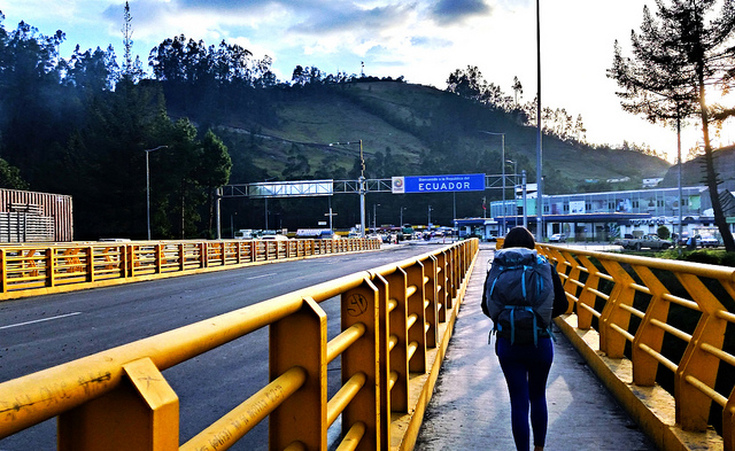
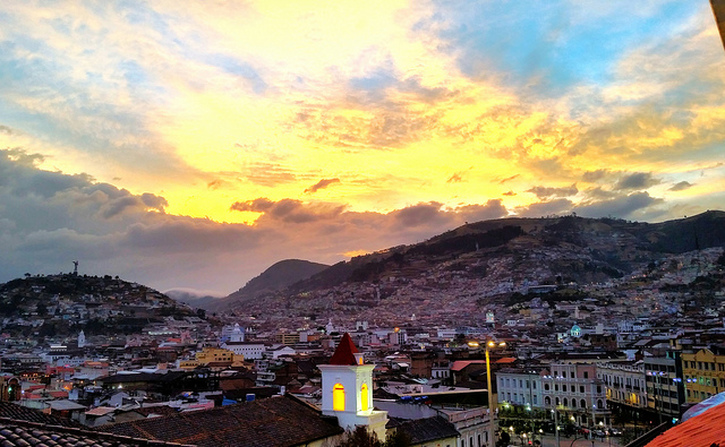
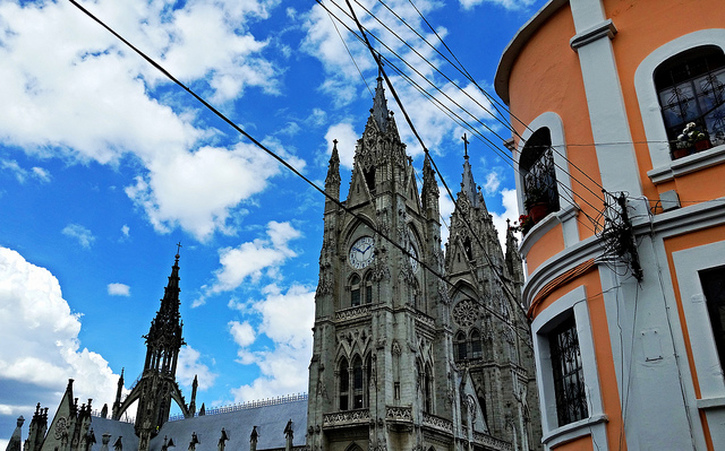
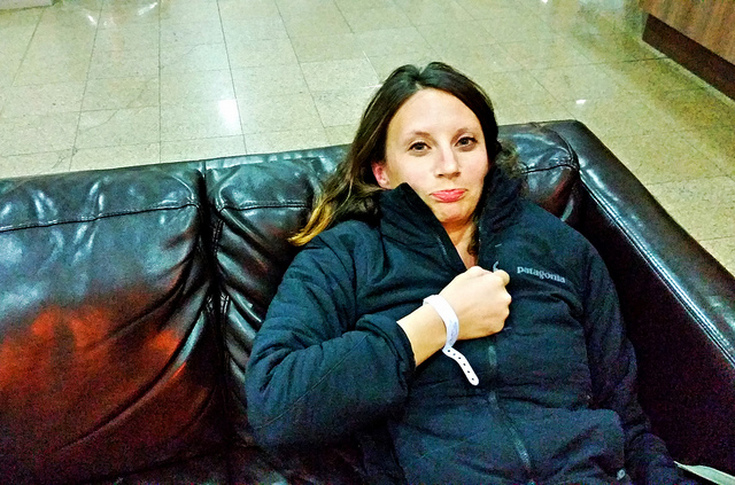
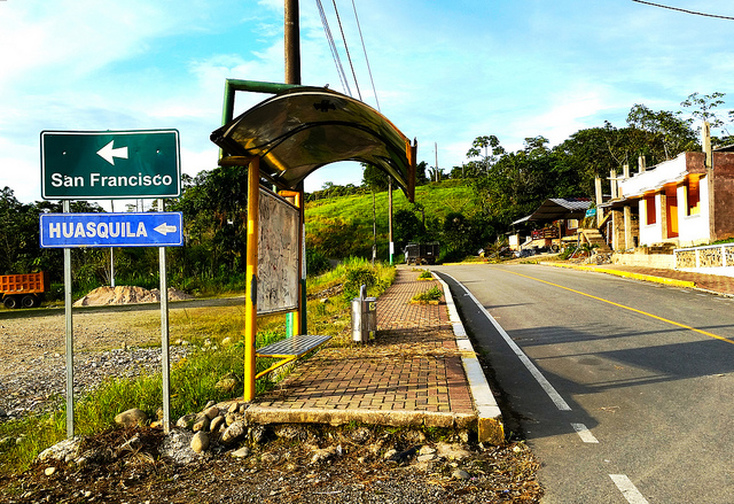
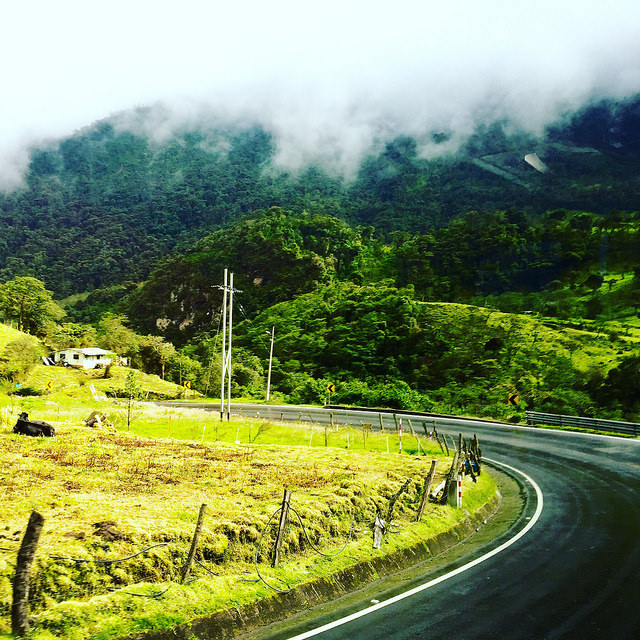
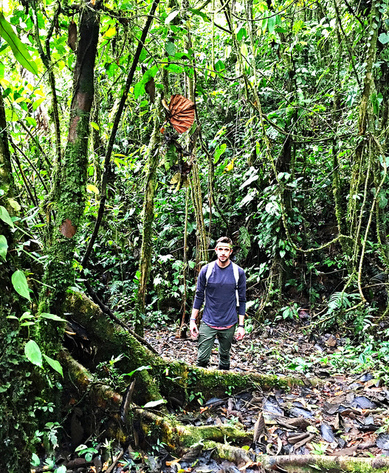
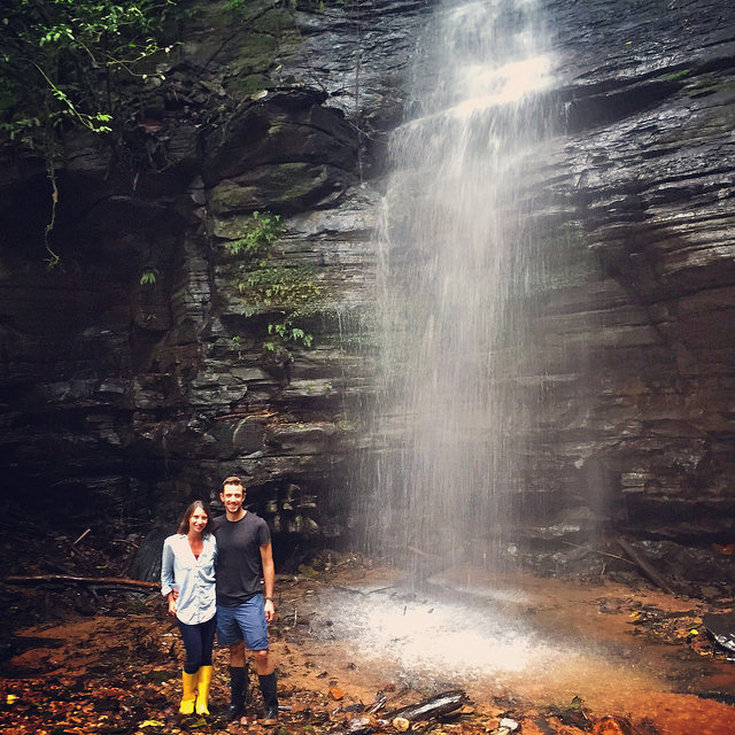
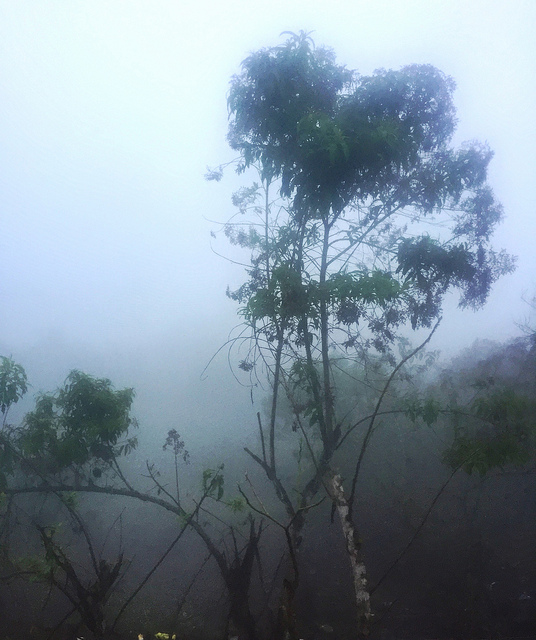
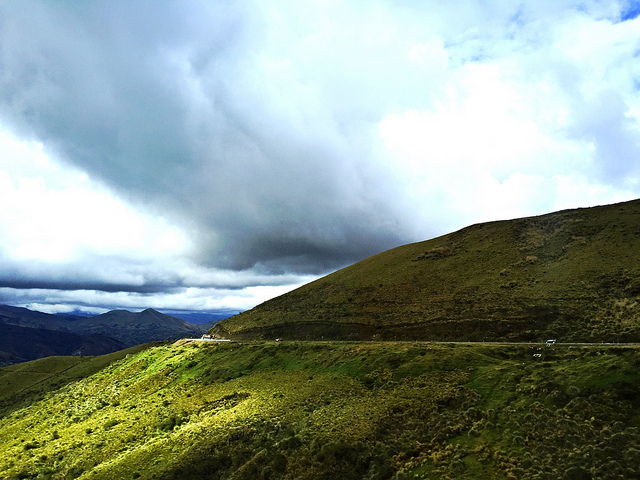
 RSS Feed
RSS Feed
